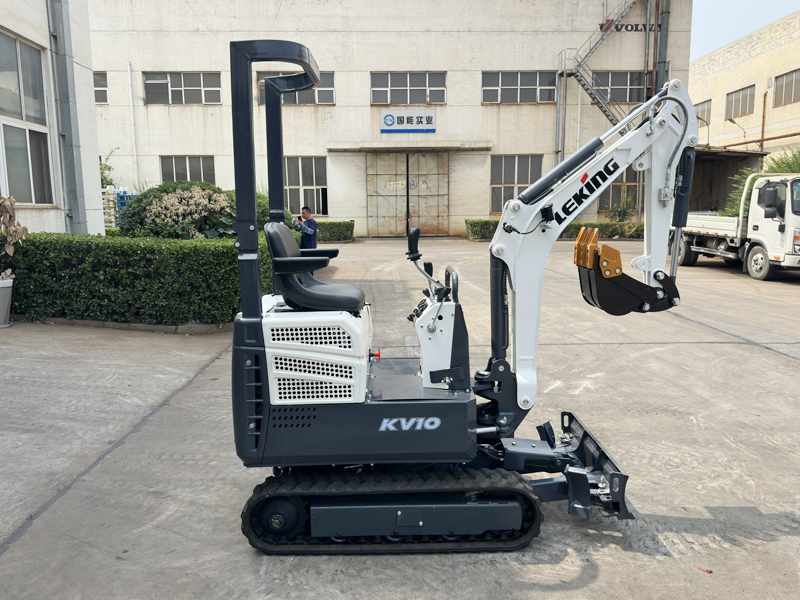The excavator hydraulic cylinder is equipped with a buffer device inside, which can gradually release the back pressure near the end of the stroke; if it is subject to an impact load after reaching the end of the stroke, the piston will directly hit the cylinder head or bottom, which is likely to cause an accident. Therefore, when the end of the stroke is reached, Leave as much clearance as possible.
Using the excavator's rotational motion for bulldozing operations will cause abnormal stress on the bucket and working equipment, causing distortion, cracking of welds, and even broken pins. This kind of operation should be avoided as much as possible.
Excavation using the weight of the excavator body will cause the slewing bearing to be in an abnormal stress state, and will also produce strong vibration and impact on the chassis. Therefore, the use of hydraulic cylinders or hydraulic pipelines will cause greater damage.
When loading and unloading heavy materials such as rocks, the excavator should unload close to the bottom of the truck compartment, or load soil first and then the rocks. Unloading at high altitudes is prohibited to reduce impact damage to the truck.
When the crawler excavator sinks deeply into the mud, place a wooden board under the bucket, use the bottom end of the bucket to support the crawler track, then place a wooden board under the crawler track and drive the machine out.
